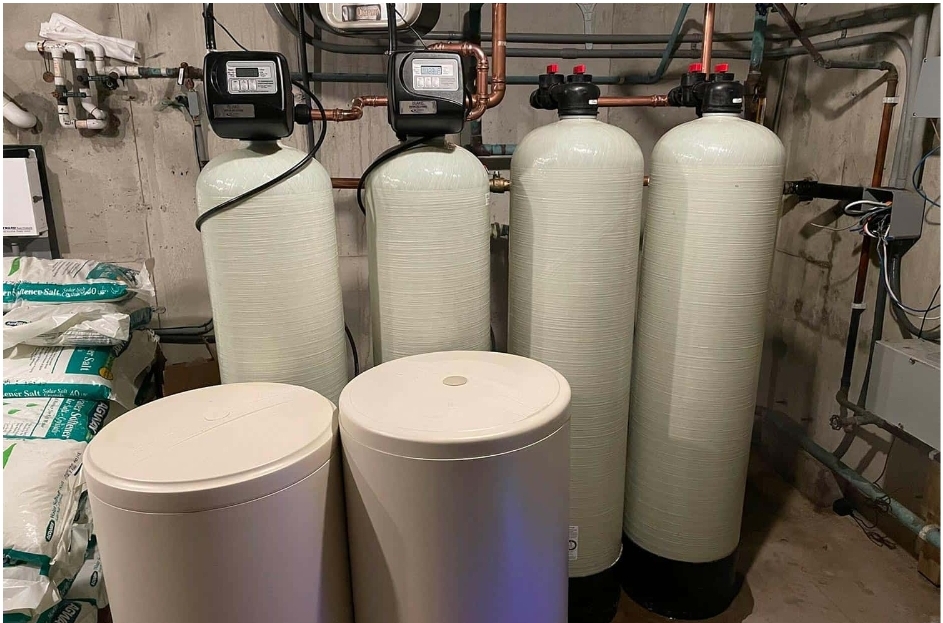Welcome to the ultimate guide on navigating well water systems in Tampa. With the increasing demand for sustainable water sources, many residents and businesses are turning to well water systems. However, understanding these systems and ensuring their proper maintenance can be daunting. Fear not! This comprehensive guide is here to walk you through everything you need to know about well water systems in Tampa, from installation to troubleshooting common issues.
Understanding Well Water Systems
What Are Well Water Systems?
Well water systems extract groundwater from underground aquifers and deliver it to homes or businesses. Unlike municipal water systems, which rely on surface water sources, well water systems tap into natural underground reservoirs.
Benefits of Well Water Systems
- Cost-Effectiveness: Well water systems eliminate the need for monthly water bills, saving homeowners and businesses money in the long run.
- Independence: With a well water system, you’re not reliant on municipal water supplies, reducing the risk of water shortages or restrictions.
- Water Quality: Well water is often free from the chemicals and additives found in municipal water supplies, providing a fresher and more natural drinking water option.
Components of a Well Water System
- Well Casing: The outer shell of the well that protects the groundwater from contamination.
- Submersible Pump: A pump submerged in the well that extracts water and sends it to the surface.
- Pressure Tank: Stores water and maintains consistent water pressure throughout the system.
- Water Treatment System: Filters and purifies well water to remove impurities and ensure it’s safe for consumption.
Installing a Well Water System
Site Assessment
Before installing a well water system, a thorough site assessment is essential to determine the optimal location for the well. Factors such as groundwater depth, soil composition, and local regulations must be considered.
Drilling the Well
Once the site has been assessed, a professional drilling contractor will bore a hole into the ground to access the groundwater reservoir. The depth of the well will vary depending on local geology and water availability.
Installing Components
After drilling, the well casing, submersible pump, and other components are installed and connected to form a functional well water system. Proper installation is crucial to ensure the system operates efficiently and reliably.
Maintaining Your Well Water System
Regular Inspections
Performing routine inspections of your well water system can help identify potential issues before they escalate. Inspect the well casing for cracks or damage, check the pressure tank for leaks, and test water quality periodically.
Pump Maintenance
The submersible pump is the heart of your well water system and requires regular maintenance to ensure optimal performance. Inspect the pump for signs of wear and tear, lubricate moving parts, and replace worn components as needed.
Water Testing
Regular water testing is essential to monitor the quality of your well water and ensure it’s safe for consumption. Test for contaminants such as bacteria, nitrates, and heavy metals to safeguard your health and well-being.
Troubleshooting Common Issues
Low Water Pressure
Low water pressure can indicate a variety of issues, including a malfunctioning pump, clogged pipes, or a drop in groundwater levels. Inspect the pressure tank, check for leaks, and consult a professional if the problem persists.
Contamination
Contamination of well water can occur due to various factors, including agricultural runoff, industrial pollution, or septic system leakage. Regular water testing and proper well maintenance are crucial for detecting and addressing contamination issues.
Pump Failure
Pump failure can disrupt your water supply and cause inconvenience. If your pump stops working, check for power supply issues, inspect the pump for damage, and contact a professional for repairs or replacement.
Navigating Well Water Systems in Tampa: A Comprehensive Guide
Navigating well water systems in Tampa requires a combination of knowledge, expertise, and regular maintenance. By understanding the components of your system, performing routine inspections, and addressing issues promptly, you can ensure a reliable and sustainable water supply for your home or business.
FAQs
How often should I test my well water?
It’s recommended to test your well water at least once a year for bacteria and other contaminants. Additionally, test your water whenever you notice a change in taste, odor, or color.
Are well water systems environmentally friendly?
Yes, well water systems are considered more environmentally friendly than municipal water supplies because they rely on natural groundwater sources and eliminate the need for extensive treatment and distribution infrastructure.
Can I install a well water system myself?
While some homeowners may attempt DIY installation, it’s highly recommended to hire a professional drilling contractor to ensure proper installation and compliance with local regulations.
What should I do if my well water smells bad?
If your well water has a foul odor, it could indicate bacterial contamination or the presence of sulfur compounds. Schedule a water test to identify the cause of the odor and take appropriate remedial action.
How long do well water systems last?
With proper maintenance and care, well water systems can last for decades. However, components such as pumps and pressure tanks may require replacement over time due to wear and tear.
Are there any government regulations for well water systems?
Regulations governing well water systems vary by location, so it’s essential to familiarize yourself with local regulations and obtain any necessary permits before installing or modifying a well.
Conclusion
Navigating well water systems in Tampa doesn’t have to be daunting. With the information provided in this comprehensive guide, you’ll be equipped to understand, install, and maintain a well water system with confidence. Remember to prioritize regular maintenance, water testing, and professional assistance when needed to ensure a reliable and sustainable water supply for years to come.
